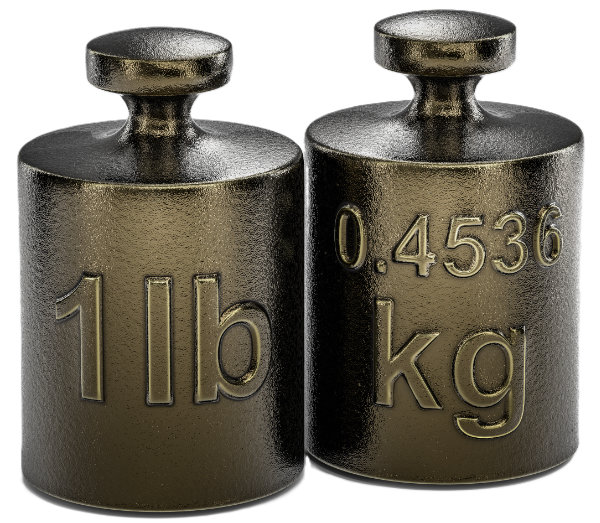If you are farmer, I’m sure you have dealt with different Unit Systems in Farming. In the United States, you are familiar with the US customary system of measurements. This system uses units such as acres, feet, inches, pounds, gallons etc. However, if you travel to other countries or trade with international markets, you will encounter the metric system. In a metric unit system, you will encounter units such as hectares, meters, centimeters, kilograms, liters etc.
Differences between Metric and US Customary unit systems
One of the main differences is that the metric system is based on powers of ten. That means that each unit is ten times larger or smaller than the next one.
For example:
- One meter is one hundred centimeters
- One kilogram is one thousand grams
- One liter is one thousand milliliters
This makes it easy to convert between different units by simply moving the decimal point. For example, to convert five meters to centimeters, you just multiply by one hundred and get five hundred centimeters.
The US customary system, on the other hand, is based on various historical and traditional factors, which means that the units are not related by a consistent factor. For example, one foot is twelve inches, one pound is sixteen ounces, and one gallon is 128 fluid ounces. This makes it harder to convert between different units because you need to remember different conversion factors. For example, to convert five feet to inches, you must multiply by twelve and get sixty inches.
Another difference is that the metric system is used by majority of countries in the world, except for the United States and a few others. This means that if you want to communicate with farmers from other countries or sell your products on international markets, you must use the metric system or convert your measurements accordingly. For example, if you want to sell your harvested corn in Canada, you must measure it in kilograms per hectare instead of bushels per acre.
US Customary measurement system uniqueness
The US customary system, on the other hand, is specific to the United States and a few other countries. This means that if you want to communicate with farmers from within the United States or buy products from domestic markets, you can use the US customary system without any problems. For example, if you want to buy fertilizer in the United States, you can measure it in pounds per acre instead of kilograms per hectare.
The metric system and the US customary system have their advantages and disadvantages for farmers. The metric system is simpler and more universal, but it may require some adjustment and learning for those who are used to the US customary system. The US customary system is more familiar and convenient for those who live in the United States, but it may cause some confusion and difficulty for those who deal with other countries or systems.
At times working with different Unit Systems in farming can be challenging. As a farmer, you may have to use both systems depending on your situation and needs. Therefore, it is important to be aware of the main differences between them and how to convert between them when necessary. Here are some common conversions that may be useful for farmers:

- 1 inch = 2.54 centimeters
- 1 foot = 0.3048 meters
- 1 mile = 1.609 kilometers
- 1 ounce = 28.35 grams
- 1 pound = 0.4536 kilograms
- 1 ton = 907.2 kilograms
- 1 fluid ounce = 29.57 milliliters
- 1 cup = 0.2366 liters
- 1 gallon = 3.785 liters
- 1 acre = 0.4047 hectares
- 1 bushel = 35.24 liters
- °F = (°C × (9/5)) +32
- °C = (°F −32) × (5/9)
AgNote supports Metric and US Customary units
Now every farmer on the globe can use AgNote (farm management software). Since it supports both US customary and metric measurement systems (acres and hectares). Whether you are growing crops in United States, Canada, Australia, or South Africa, AgNote is at your fingertips. Don’t miss this chance to see how AgNote can help you run your farm more efficiently. Sign up now and get a free trial for a week.